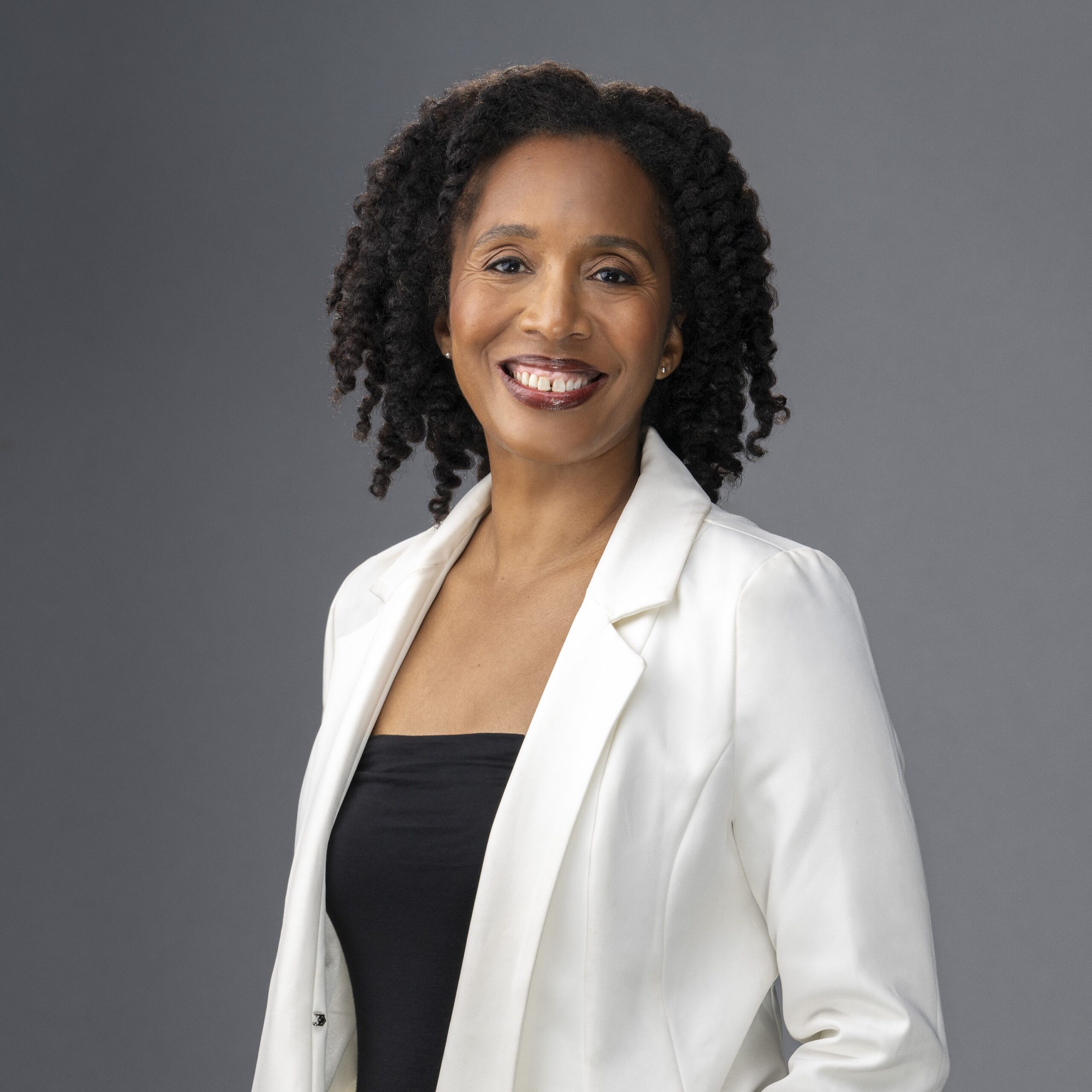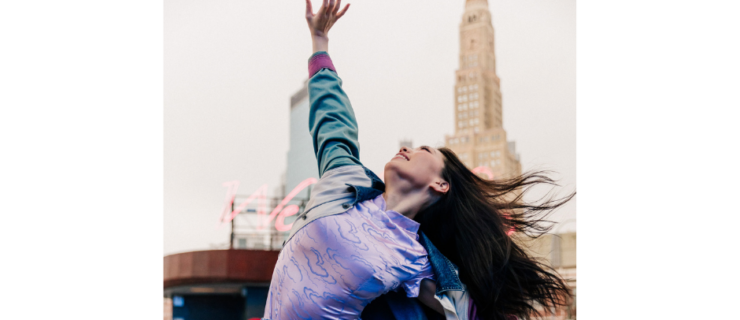Francesca Harper, Artistic Director of Ailey II, Shares How She Found a Surrogate Family in Dance
My relationship with dance has been defined by witnessing. It began at an early age within the vibrant walls of the dance studio. It was more than a space of movement; it was my haven, a second home sculpted by the passion of my mother—Denise Jefferson, a devoted student and teacher of Martha Graham’s technique, and eventually director at The Ailey School. She was passionately devoted to her craft.
As a single working mother, Mom’s dedication amidst the height of the 1970s feminist movement was resolute. The studio often became my sanctuary as she worked passionately for what felt like 24 hours a day. She and her colleagues were on a mission, inspired by Mr. Ailey’s fearless vision, on the verge of international flight. Their solidarity was palpable. It grounded me and many other aspiring artists in the New York dance community at the time.
Surrounded by dancers, from all over the globe—New York locals, talents from Baltimore, Brazil, Eastern Europe, Japan, and beyond—I found a surrogate family in the studio. As a child among them, my youth seemed to bring joy to many who were far away from home. The dancers became my guardians; they nurtured me and supported my development.
One of my most memorable guardians was Pearl Lang, who called me Strawberry Girl, because of my love for strawberry yogurt. Ms. Lang was a Martha Graham dancer who had her own company that my mother danced for at the time. She was also the co-director of The Ailey School alongside Mr. Ailey then, a powerful leading feminist voice in the modern dance movement.
Watching these dancers in their classes began to pique my curiosity. It was as if, through their unapologetic nature and fearless subtleties, they revealed unspoken stories. The more I watched, the more I learned. Their whispers became more tenable and refined. The power of this silent expression, and my developing understanding of unspoken narratives, started to awaken the artistry within me that seemed to transcend gender and race.
My witnessing during these early years laid the foundation for my artistic journey and identity. It anchored my practice in the profound humanity and activism that I saw through others. It evolved into a comprehension of human behavior, people at their most powerful moments and in their most vulnerable ones. It was through their silent eloquence that I began to understand the artistic language of the soul. It was not only seeing their development as artists that moved me deeply, but through watching their process as human beings. As I witnessed this personal process, they became the most beautiful human beings in my eyes. I can still see and feel them living out their dreams through integrity and perseverance, one day at a time.




